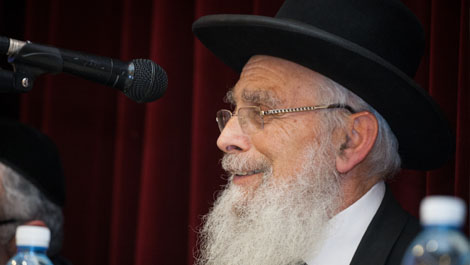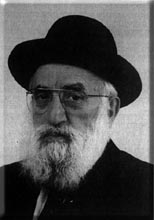Beit Midrash
- Torah Portion and Tanach
- Shmot
- Tetzave
Clothing plays a great role in current Jewish society. Certain sectors of our society identify their closeness to God and tradition in terms of the clothing that they wear. There is no doubt that clothing makes an impression upon those who see us and upon those who wear it. Research has shown that schools that have a school uniform have an ability to deal with problems of student discipline more easily than the free and open schools of casual, whatever you like type of dress. But there is a responsibility that comes with wearing special clothing. And that responsibility is to be people of "honor and glory." The Talmud states almost ironically that he who wishes to sin should travel to a place where he is unknown and to wear "black clothing" so that his behavior will not reflect on the whole of Israel. There are differing interpretations of what "black clothing" means in this context. But it is clear that it means a type of anonymous and casual clothing that will not reflect upon the Torah community and Judaism generally. One cannot wear the garments of "honor and glory" and behave in a fashion that contradicts those values of "honor and glory." Wearing garments is something that should never be taken lightly. For with the garments come the responsibilities and challenges as well. In the Second Temple when the anointing oil crafted by Moshe no longer existed, the rabbis stated that donning the garments of the priesthood was the installation ceremony itself of the kohanim. I think that this is true in our world and time as well.

Parashat Hashavua: Gold, Silver, Precious Stones – Closeness to Hashem (part II)
Rabbi Yossef Carmel | Adar 5785
The Level of Amalek
The Wisdom of Rabbi Moshe Feinstein (12) - Tetzave Zachor
Rabbi Baruch Finkelstein | 11 Adar 5773

Parshat Tetzaveh
Rabbi Macy A. Gordon | 12 Shvat, 5763



























